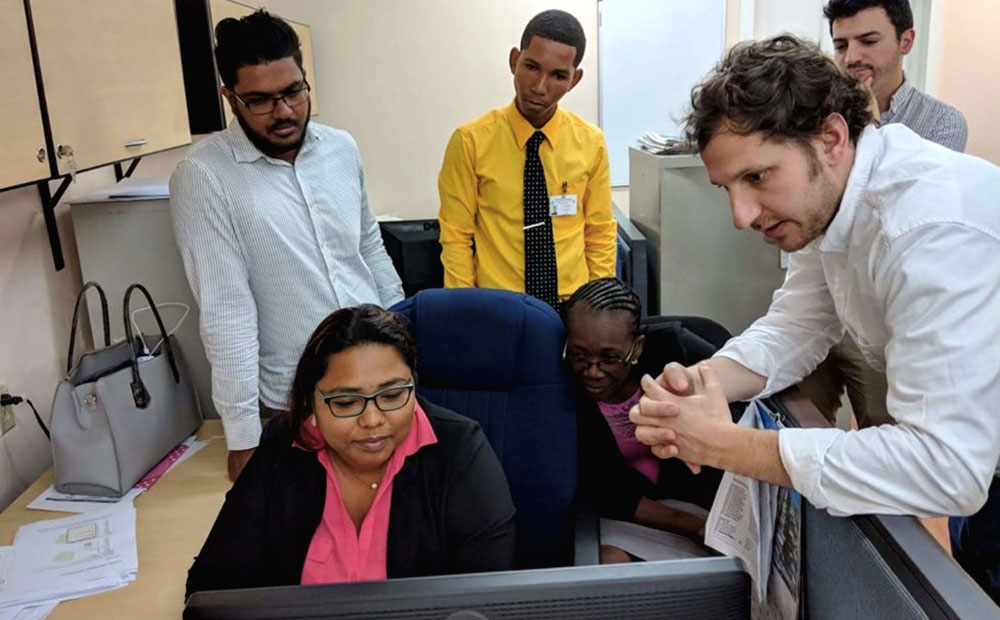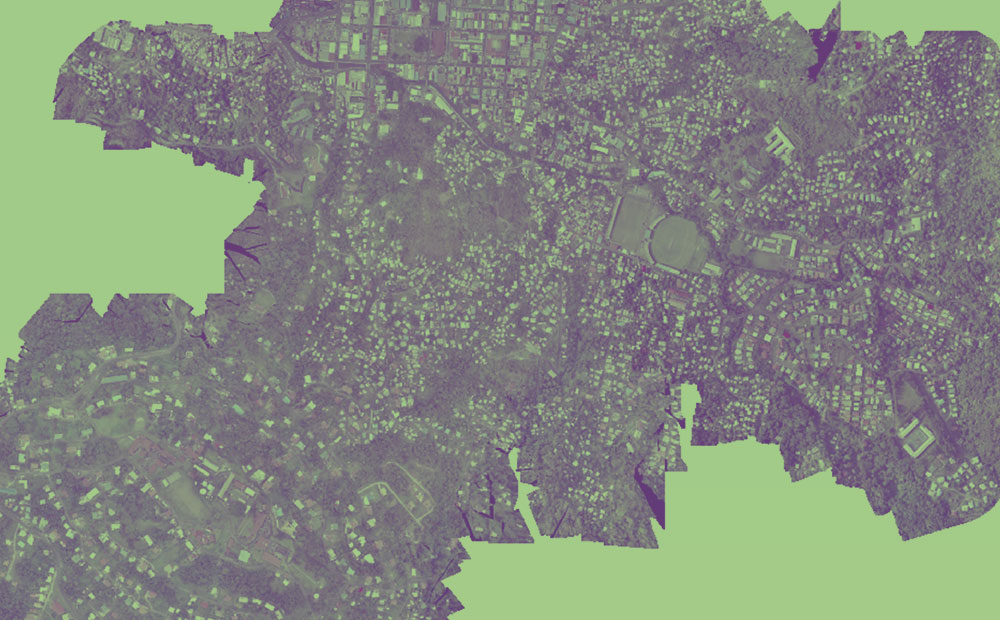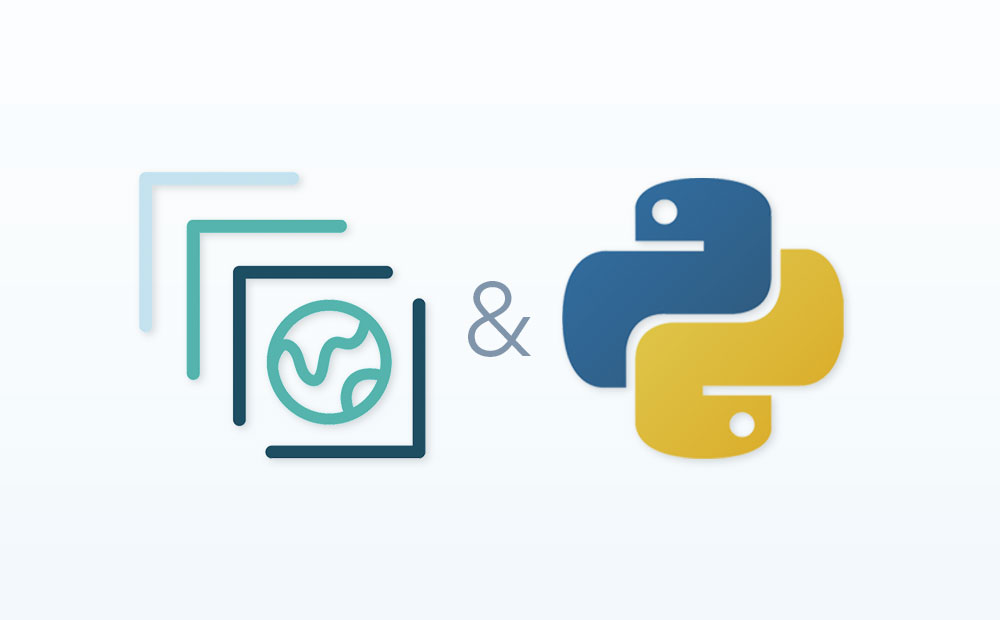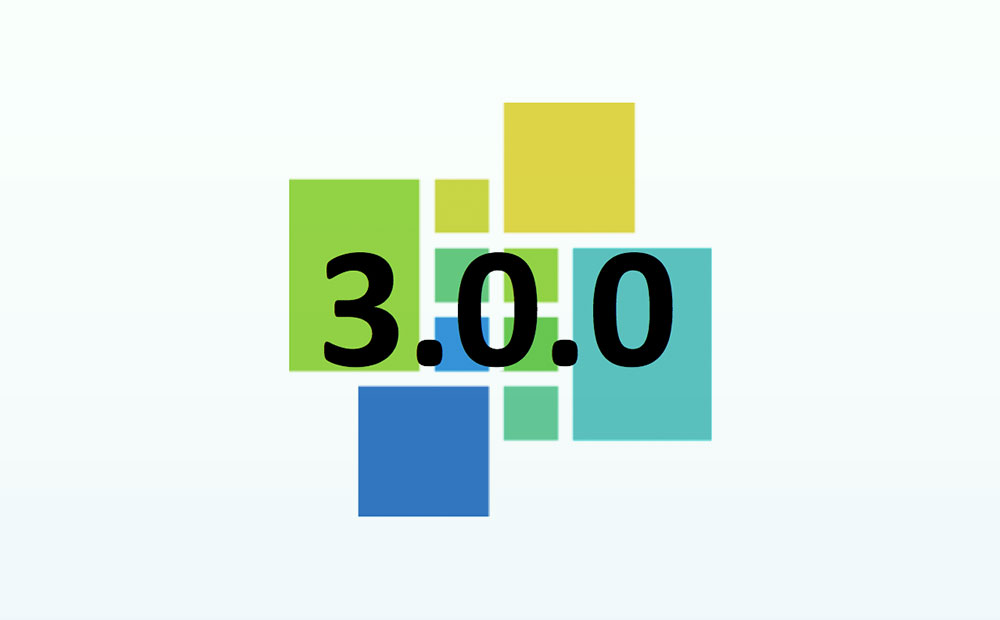Software Engineering
<- Return to all blogs
-
Give The Gift of a Tech Debt Sprint This Agile Holiday Season
Holidays can be a challenging time in software development. How can you make the most of your velocity and energize the team at the same time? The holiday challenge For a lot of teams, the holidays are a time of year when a large amount of peope take off after saving their PTO for the…
-
Give The Gift of a Tech Debt Sprint This Agile Holiday Season
Holidays can be a challenging time in software development. How can you make the most of your velocity and energize the team at the same time? The holiday challenge For a lot of teams, the holidays are a time of year when a large amount of peope take off after saving their PTO for the…
-
3 Ways to Analyze the Results of a Supervised Machine Learning Model
How accurate are our supervised machine learning models and what are they really doing? We offer 3 tips to help you better understand these models.

-
Modeling State with TypeScript
Working with frontend state can be challenging. With TypeScript, thoughtfully constructed types can help prevent bugs by making bad states unrepresentable. Let’s explore a common use case and examine how to do this effectively in TypeScript.

-
Ethical Machine Learning for Disaster Relief: Rage for Machine Learning
ML’s predictive powers are driving a rage for deep learning in the crisis management and disaster relief industries. How can these powers be harnessed for ethical machine learning?

-
Ethical Machine Learning for Disaster Relief: Avoiding the Second Disaster
Machine learning on satellite imagery is revolutionizing disaster relief. What does ethical machine learning mean in this field?

-
Betting Big on the Spatiotemporal Asset Catalog (STAC) Standard
We’re investing heavily in the STAC specification – including building a STAC-compatible Python library and server as well contributing to the Label Extension. We’re hoping this work will help accelerate adoption across the geospatial engineering community more broadly.

-
Introducing PySTAC: A Core Library for SpatioTemporal Asset Catalogs
PySTAC is a Python library for reading, writing, and manipulating SpatioTemporal Asset Catalogs. PySTAC 0.3 is now released and ready to use!

-
GeoTrellis 3.0 Release
GeoTrellis 3.0 includes feature additions and improvements that make it easier to read raster data from a variety of formats and sources, and support COG’s.

-
Mapping with Leaflet and React
Mapping is hard, but spinning up a new app that renders maps doesn’t have to be. Here’s how you can easily get started working with maps in a new React app. Not that AAA map under your car seat Maps have been around for thousands of years, but they’ve become more complex and powerful within…
-
Serverless Devise with Jets
Over the past few years, serverless design has taken the cloud community by storm. It is hard to ignore–with promises like “pay only for what you use”, “no security patching”, and “infinite scalability”. Being on the cutting edge can have drawbacks too, which in this case is what I would describe as an absence of…